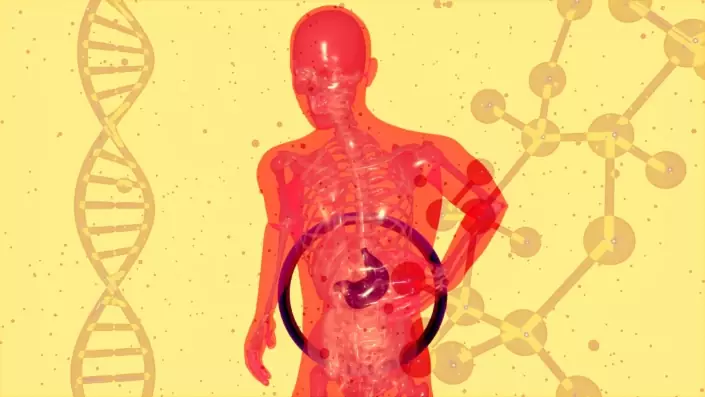You may have heard the term “fatty liver” and associated it with alcoholism. However, non-drinkers can develop fatty liver too – called nonalcoholic fatty liver disease (NAFLD). In fact, NAFLD is increasingly common in the US and is estimated to affect ¼ of the population. Many people have it but are unaware. In this blog, we will explain what NAFLD is, its causes and symptoms, and what to do about it.
What is Fatty Liver?
A healthy liver contains little to no fat. Fatty liver in both the alcoholic and nonalcoholic type is characterized by excess fat stored in the liver cells, leading to inflammation and scarring. If it gets severe enough, the fat accumulation can cause liver damage. NAFLD is associated with an increased risk of diabetes, heart attack and stroke because the liver isn’t working as it should.
There are four stages of fatty liver:
- Steatosis – harmless build-up of fat in the liver cells. This type usually goes undiagnosed, because there are no symptoms.
- Non-alcoholic steatoheptatis (NASH) – the liver is inflamed at this point.
- Fibrosis – chronic inflammation causes scar tissue (fibrosis) but the liver can still function.
- Cirrhosis – the final and most severe stage when damage is permanent and can lead to liver failure and liver cancer.
Causes of Fatty Liver
Fatty liver disease can be caused by several things:
- Excess body fat, especially around the abdomen
- Insulin resistance
- Standard American Diet
- High blood triglycerides
- High LDL and total cholesterol
- Metabolic Syndrome
- Type 2 Diabetes
- PCOS
- Sleep Apnea
- Hypothyroidism
- Hypopituitarism
- Older age
Symptoms and Diagnosis
Many people with fatty liver disease may not experience any symptoms, which is why it is often called a silent disease. However, if symptoms do occur, they can include fatigue, abdominal pain and swelling, jaundice, red palms, and elevated liver enzymes.
If your doctor suspects NAFLD, they might order a variety of blood work, including liver enzymes, blood lipids, fasting blood sugar, hemoglobin A1C, and even screen for Celiac disease. An ultrasound, MRI, or other imaging procedures may be used to diagnose it. A liver biopsy may also be done to examine the liver tissue.
Treatment Of Fatty Liver
The good news is that fatty liver disease can be treated and even reversed in many cases. The first line of treatment for fatty liver disease is lifestyle changes, including a healthy diet and regular exercise. Losing weight can help reduce the amount of fat in the liver and improve liver function. Losing 10% of your body weight can greatly improve NAFLD, but even as little as 5% can make a difference. Lifestyle changes are most effective when they are done early, before liver disease has caused permanent damage.
Prevention Of Fatty Liver
Prevention is always the best course of action, whether you have been diagnosed with fatty liver disease or not. Maintaining a healthy diet and exercise routine can go a long way in preventing the buildup of excess fat in the liver. Limiting or avoiding alcohol consumption is also important in preventing fatty liver disease.
Conclusion
Fatty liver disease is a prevalent and often misunderstood condition that affects many people around the world. Understanding the causes, symptoms, and treatment options is crucial to improving your liver health and overall wellbeing. By maintaining a healthy lifestyle and avoiding excess alcohol consumption, you can prevent and even reverse fatty liver disease.
If you are ready to change your lifestyle and improve your overall health, including your liver function, we can help! Our structured plans and coaching support can help you achieve optimal health. Schedule a free consultation with us to learn more!

